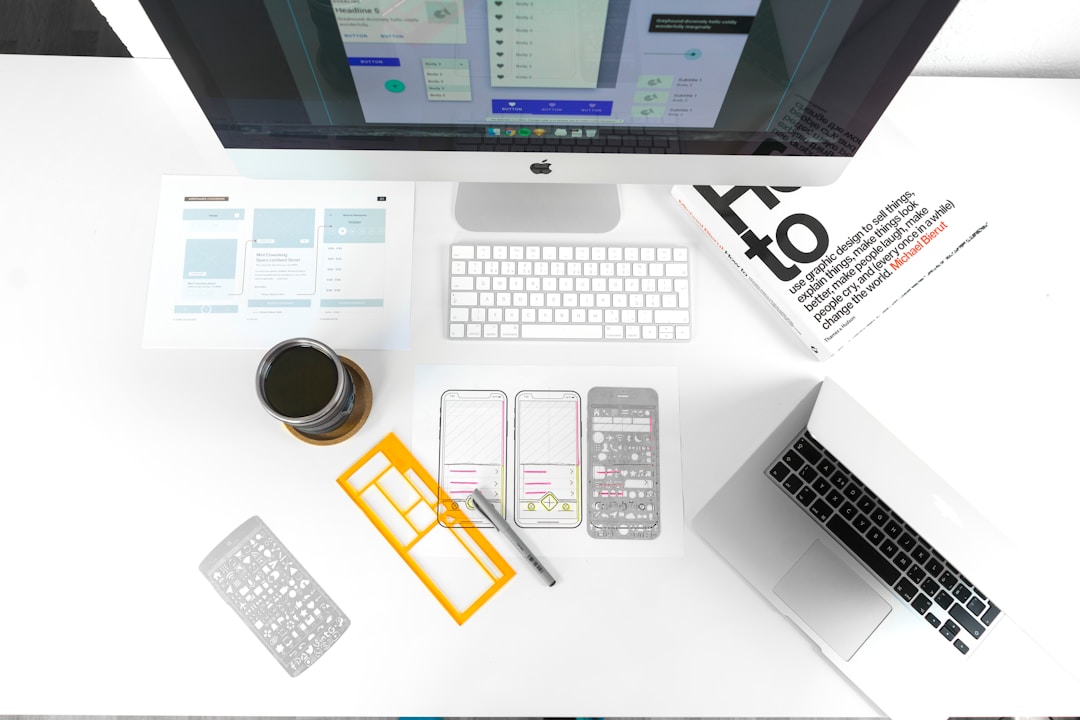Digital learning platforms have taken a leadership role in today’s emerging educational marketplaces. Colleges, universities, and other learning academies are doubling down on the value and utility of digitally engaged education, and for good reason.
With the coronavirus pandemic derailing in-person and other close-contact activities for two years (and signaling continued threats to the public health and safety of our communities to this day), the expansion of digital learning opportunities was inevitable. While students have been engaged in these types of broad networks of education for decades, the rapid increase in capability and a larger catalog of coursework available out of necessity has truly transformed the ways in which current and future students can and will learn for the better.
However, creating an environment that will produce the measure of success that you’re looking for in your digital classroom isn’t always as straightforward as the course sign-up process. Perhaps you’re an educator yourself, for instance, and you’ve decided to return to the classroom to pursue an online masters instructional design. Finding both the time and space to conduct these studies can be challenging for a busy teacher or school administrator, and yet with a few great resources, a transformation from strain to simplicity can occur. Instructional design coursework offers a great opportunity to boost your daily satisfaction in the classroom, as well as your ability to move up in the campus hierarchy or increase earning power.
Building greater credentials start with a hunger to better yourself through additional master’s degree opportunities and other certificate programs and ends with intrinsic knowledge about the structure of your own learning needs and organizational skills. Continue reading to learn more about effective changes that you can make to promote your own digital learning needs in the best way possible.
Utilize the latest in technology advancements for constant contact with your learning platform.

One of the worst things that can happen to a digital learner is a drop in internet connectivity. With the help of in home cell signal booster technology, mesh network capabilities, and other ease-of-access inclusions, moving around the home with your tablet, phone, or other connected devices can be done with ease and confidence. A cell signal booster is a great way to ensure that you are always able to communicate with course leaders, tutors, and counselors. As a returning learner in a new degree program, you’re likely to have many questions that can best be answered by simply picking up the phone and calling your degree program supervisor or liaison. Higher education enables increased opportunity, and with the help of new technologies, pursuing your Master of Education degree, a certificate in a niche technology program, or other credit-hour coursework is efficient and highly rewarding.
Carve out a space dedicated purely to your studies.

One of the benefits that traditional college students have is the singlemindedness that comes with the dual benefits of youth and alone primary responsibility. Students in their undergraduate years often have a small collection of furniture, and their desks are typically littered with open textbooks, notes, and other study aids. Whether you’re an organized learner or someone who delves deep into the chaos of research notes, the ability to simply leave your work as is provides a great benefit.
Carving out a space to conduct your studies after work hours end can provide you with this same unique benefit. Many returning students set up a corner desk in a spare room or bring in a folding table that can serve as their “workbench” during each semester. By controlling this space and utilizing it for your studies alone, you can eliminate the static that is introduced into the pursuit of effective learning as you break down and set up your workspace each day over and over again.
Focus on these facets of the learning experience to make your digital quest for education more fulfilling and effective.




